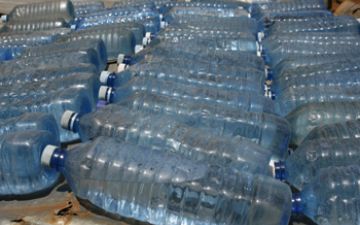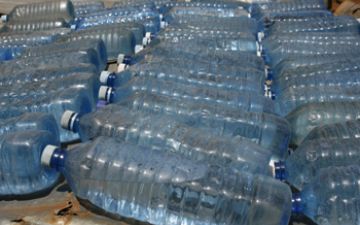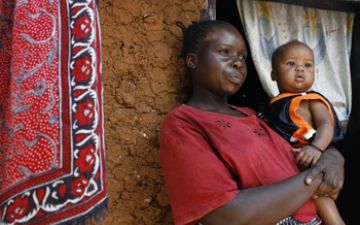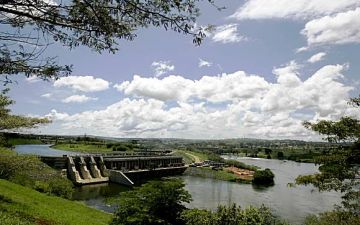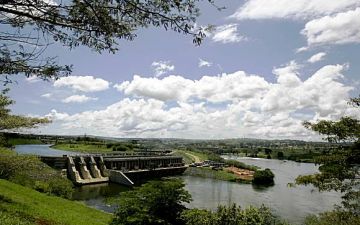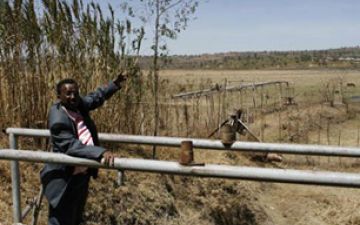Clean Water for Kenya
In Kibera, a slum of Nairobi, Kenya, clean water is too scarce. But a new technology that takes just a plastic bottle and six hours in the sun is helping reduce sickness and diarrhea in the community, and in other developing countries around the world.
